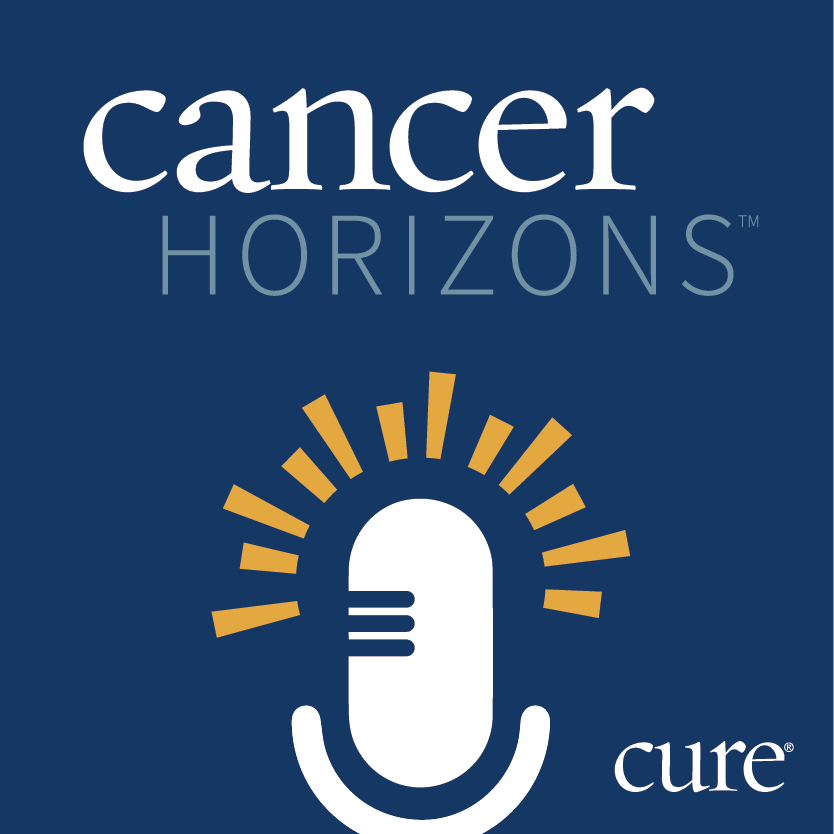Article
Combination Improves Breast Cancer Survival, Study Shows
Author(s):
Progression-free survival was improved for postmenopausal women with HER2-negative advanced breast cancer when treated with Kisqali plus letrozole.
Progression-free survival was improved by 9.3 months in patients with postmenopausal hormone receptor (HR)-positive HER2-negative advanced breast cancer who were treated with frontline Kisqali (ribociclib) plus letrozole, compared to letrozole plus placebo, according to updated results from the phase 3 MONALEESA-2 trial presented at the 2017 American Society of Clinical Oncology (ASCO) Annual Meeting.
After a median follow-up of 26.4 months, the median PFS was 16.0 months with letrozole plus placebo compared with 25.3 months for Kisqali and letrozole, representing a 43 percent reduction in the risk of progression or death with the addition of the CDK4/6 inhibitor. The 24-month PFS rate was 54.7 percent with Kisqali versus 35.9 percent for placebo.
"This new look at the MONALEESA-2 data, after an additional year of follow-up, demonstrates the continued efficacy of ribociclib plus letrozole," lead investigator Gabriel N. Hortobagyi, M.D., Professor of Medicine, Department of Breast Medical Oncology, Division of Cancer Medicine, The University of Texas MD Anderson Cancer Center, said in a statement. "With more than two years of follow-up, the PFS data confirm the inclusion of Kisqali plus an aromatase inhibitor as a strong option among first-line treatments for HR-positive, HER2-negative advanced breast cancer."
In the phase 3 trial, 668 postmenopausal women with advanced breast cancer were randomized to letrozole plus Kisqali (334 patients) or placebo (334 patients). Letrozole was administered at 2.5 mg per day along and Kisqali was given at 600 mg per day for three weeks followed by one week off.
The benefits of Kisqali were consistent across patient subgroups for PFS. For those in the United States, the median PFS was 27.6 months with the Kisqali combination versus 15 months with placebo. The reduction in the risk of progression or death with Kisqali versus placebo was also consistent for those with ECOG performance status 0 (42 percent reduction) and 1 (46 percent reduction) and for those above 65 years of age (34 percent) and those below 65 years (48 percent).
The objective response rate (ORR) with Kisqali was 42.5 percent versus 28.7 percent with placebo. The response to Kisqali included a complete response (CR) rate of 3.9 percent and a partial response (PR) rate of 38.6 percent. In the placebo arm, 2.4 percent and 26.3 percent had a CR and PR, respectively. Overall, 26.9 percent and 32 percent of patients had stable disease in the Kisqali and placebo arms, respectively.
At the time of the analysis in January 2017, overall survival (OS) data remained immature. Based on 15 percent of events in the CDK4/6 inhibitor arm and 19.8 percent in the placebo group, there was an early 25 percent reduction in the risk of death observed with Kisqali, which was not statistically significant. The 24-month OS rate was 86.7 percent with Kisqali and 84.8 percent with placebo.
After 26.4 months of follow-up, 39.2 percent of patients continued to receive treatment with Kisqali and 26.3 percent continued in the placebo group. The most common cause for treatment discontinuation was disease progression (39.8 percent with Kisqali versus 60.8 percent with placebo). Adverse events (AEs) resulted in discontinuation for 8.1 percent of those in the Kisqali arm versus 2.4 percent of those in the placebo group.
The most common AEs with Kisqali versus placebo, respectively, were neutropenia (64.1 percent vs 4.8 percent), nausea (53.3 percent vs 30.6 percent), fatigue (41.3 percent vs 32.4 percent), diarrhea (38.3 percent vs 24.5 percent), alopecia (34.4 percent vs 16.1 percent), and vomiting (33.5 percent vs 16.7 percent). The most common grade 3/4 AEs were decreased neutrophils (62.6 percent vs 1.5 percent), decreased leukocytes (36.8 percent vs 1.5 percent), decreased lymphocytes (16.2 percent vs 3.9 percent) and elevated alanine aminotransferase (11.4 percent vs 1.2 percent).
The FDA approved the combination of Kisqali and an aromatase inhibitor for patients with HR+/HER2-negative metastatic breast cancer in March 2017, based on findings from the MONALEESA-2 study. Additional phase III trials are looking at Kisqali with other endocrine therapies, including fulvestrant (MONALEESA-3) and tamoxifen, anastrozole, and goserelin (MONALEESA-7). Additionally, studies are planned to explore Kisqali in the adjuvant setting (EarLEE-1 and EarLEE-2).





